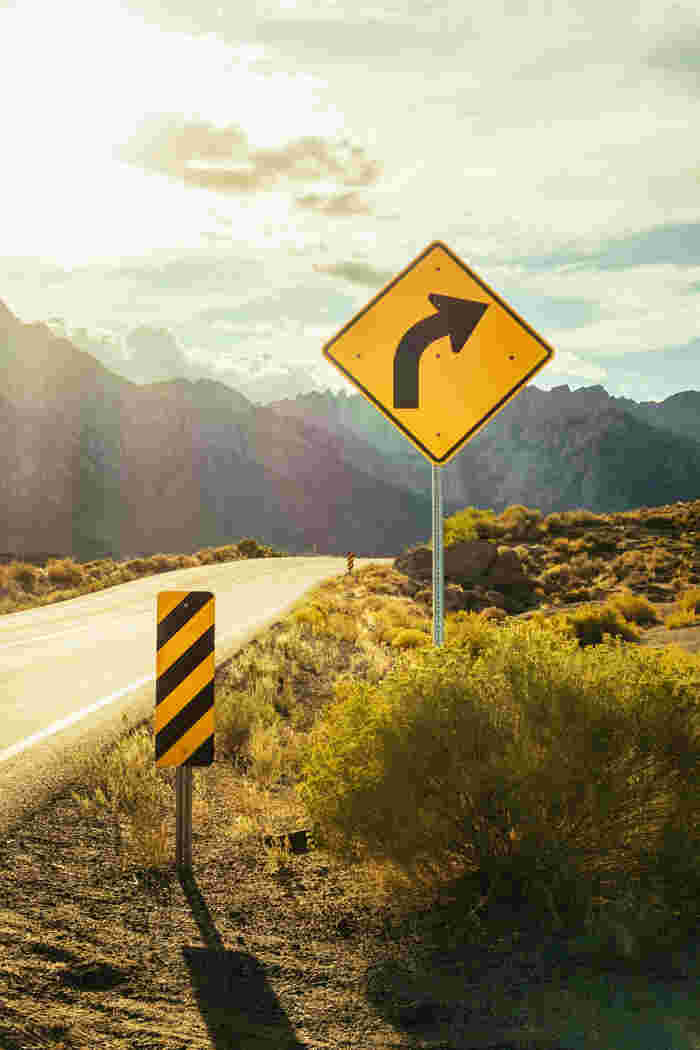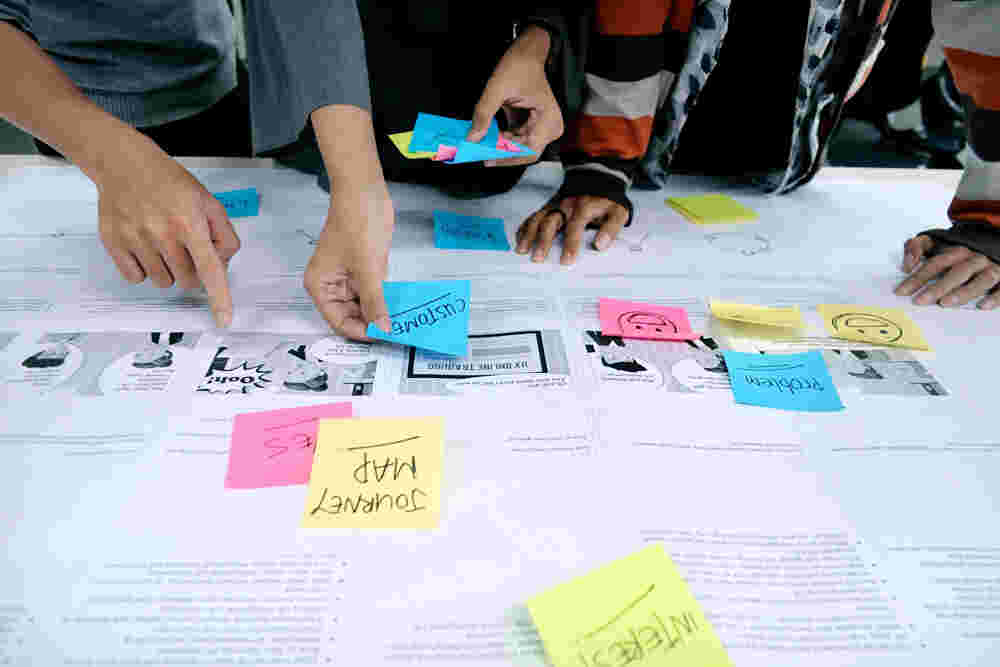
Tips & Tricks
Customer journey and content marketing: why both need to be aligned with one another
Container for the scroll indicator
(Will be hidden in the published article)Every interaction with your content should lead to a positive experience – the goal is to leave a positive impression with every touchpoint to strengthen the purchase intention. When potential customers get in touch with the right content at just the right time, they are more likely to keep going on their journey. This is why it is so important to align the content strategy with the customer journey and the stages in the process of decision-making.
There are several approved methods that illustrate the customer journey. In the following, we would like to introduce two of them to you.
Whoever sets up a content strategy and connects it to the customer journey map MUST know and understand the target group. Therefore, you should answer the following questions in advance:
Who is my target group
What is my target group interested in? (Which topics?)
When is my target group interested in what? (At what time?)
How do I approach my potential customers? (Which types of content?)
Where do I spread the content? (Which touchpoints?)
Which content is particularly suitable at what time?
According to the stage in the customer journey, some content is more beneficial than others, as shown in the table below.
| Create attention | general, informative content with the highest possible reach | social media posts, pay-per-click ads, answers to frequent requests, video or audio content, events, SEO posts. |
| Awaken interest | detailed, comprehensive information on the company and/or product | brochures, FAQs, product descriptions, white papers, blog articles |
| Convince | additional information which creates trust and reflects your expert status / content for lead generation | personalised emails, personalised landing pages, customer consultations, testimonials, studies |
| Initiate purchasing process | specific content to prepare customers for the purchase | extensive guides, webinars, special offers |
| Binding | after-sales management | loyalty programmes, newsletter |
Become a tour guide on the customer journey!
Digital content needs to be aligned with the level of information, the current needs and expectations of prospective customers. It therefore makes a lot of sense to differentiate between the phases of the customer journey when it comes to identifying topics, content types and distribution channels.
People who are engaging with your business for the very first time engage with very different content than those who are already preparing to buy. When content is well planned, you can manage the decision-making process easily and lead people through your sales funnel without suffering major losses. By aligning the customer journey and your content strategy, you will increase the likelihood of more people from the target audience making it to the end of the sales funnel.

Container for the dynamic page
(Will be hidden in the published article)

